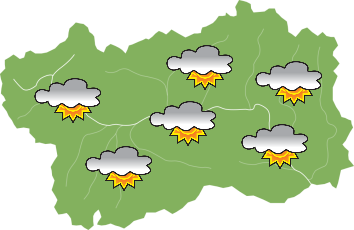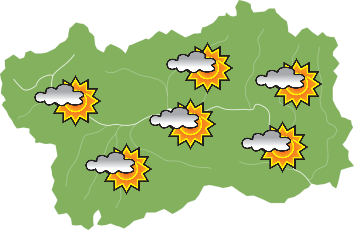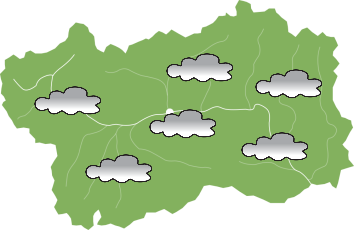Regional Mont Avic Park
Parks and reserves -The Mont Avic Park, first natural park in the Aosta Valley, preserves since 1989 the natural resources of the upper Chalamy stream valley in the municipality of Champdepraz and, since 2003 the Dondena valley, in the territory of Champorcher.
The protected area is characterised by extremely captivating landscapes and environments only marginally affected by human activities.
Crossing the paths that meander through the protected area gives visitors the chance to come into contact with particularly interesting and various natural aspects: rugged and characteristic geological formations, floral alpine endimisms and peculiar plant associations tied to the green rock substratum. The largest mountain pine forest (pinus uncinata) in the region with a couple dozen ponds, marshes and peat bog, it is unrivalled in number and in extension in the Aosta Valley. All the most widespread alpine animals in the region are represented.
You can hike along the park paths all year round. Most of the paths are snow-covered from November to May and only advisable for experts with appropriate equipment. Some paths can be ridden on horseback or on mountain bike.










